
KARACHI: While relatives of the victims of the Shikarpur attack made their way to Karachi to protest the government's failure to promote interfaith harmony and stop religious extremism in the country, Sindh's intellectuals remembered Harchandrai Bharwani — one of the founding fathers of modern-day Karachi, with many contributions to the province's political, social and cultural harmony — on his 87th death anniversary.
Gathering at the Arts Council of Pakistan, Karachi, on Tuesday, writers and journalists praised Bharwani's role in taking Karachi from a sleepy fishing village to the bustling city it is today.
"Bharwani's moderate views and actions shaped Karachi as a cosmopolitan city," claimed Dr Khadim Hussain Soomro, who authored a biography of Bharwani titled Father of Modern Karachi. "He developed it economically and, as an associate of the theosophical society, promoted a multi-faith and multicultural society. Today, Karachi needs another Bharwani to encourage interfaith harmony."

According to Soomro, Bharwani was elected a member of the Karachi Municipal Committee in 1888 and was its legal adviser from 1896 to 1910. Later, during World War I, he became the president of the committee, resigning voluntarily after 10 years in that position.
"He improved the city and the congested areas of the old town, such as Machi Miani and Ranchore Lines, were prioritised during his tenure," said Soomro, adding that Jamshed Quarters and Artillery Ground were also included in the municipal limits during this period. Furthermore, major public works, such as the construction of MacLeod Road, Elphinstone Street, Clifton Road and Bandar Road, were completed at this time.
Journalist Akhtar Baloch said that after Partition, when Bandar Road became MA Jinnah Road, a group of angry protesters had cut off the head of a statue of Bharwani that stood at the old Karachi Metropolitan Corporation building. "The headless statue was placed in Mohatta Palace, reflecting how and when the city moved from religious plurality to extremism," he added.
"Today, Sindh faces extremism and no voice is being raised against the atrocities faced by the minorities," said Professor Aijaz Ahmed Qureshi. "Incidents such as the Shikarpur attack will continue if we cannot find the path of tolerance, harmony and pluralism espoused by Bharwani."
Published in The Express Tribune, February 18th, 2015.













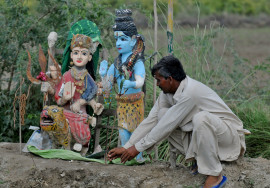
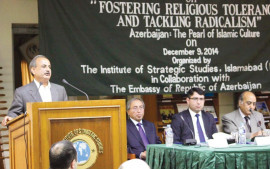

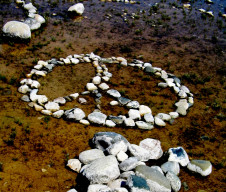

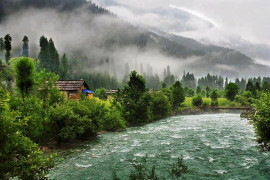
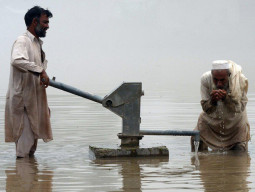
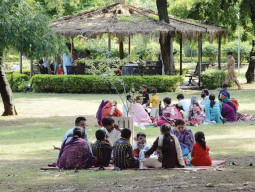
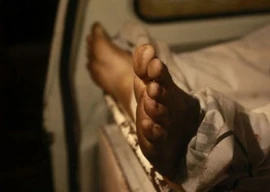
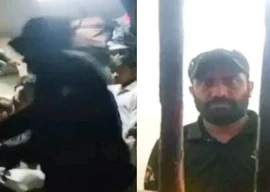



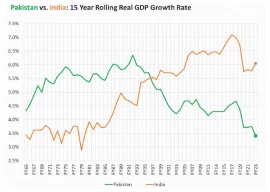

1712983198-0/iStock-1361391451-scaled-(1)1712983198-0-270x192.webp)


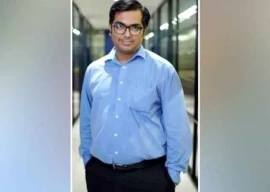



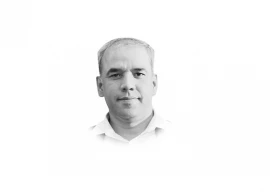
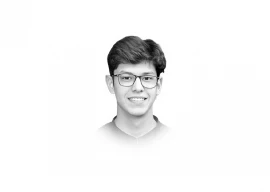

COMMENTS
Comments are moderated and generally will be posted if they are on-topic and not abusive.
For more information, please see our Comments FAQ